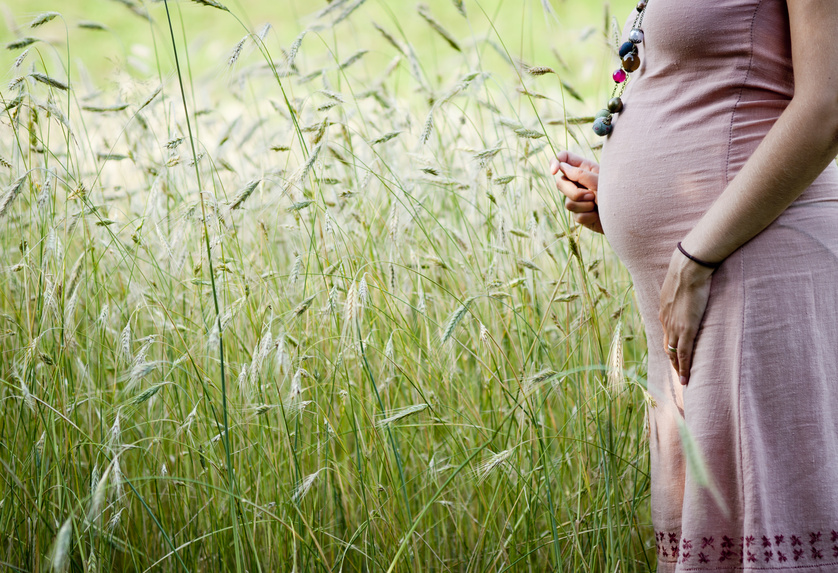The pregnancy age of 40 is considered highly significant for family planning. It is widely believed that pregnancy is no longer possible after this age.
This is not entirely correct. With today’s rapidly advancing artificial fertilisation technologies there is astill a realistic chance of pregnancy over 40. Conversely, the probability of infertility can begin to increase in women as young as 20.
Likelihood of pregnancy depending on age
After three cycles with unprotected intercourse, the likelihood of becoming pregnant is just below 86% in women under 25. By the age of 25, the probability drops considerably. After the age of 35, only 50% of women will become pregnant after three cycles without protection.
www.amitamin.com/en/fertilsan-m New life deserves the best possible start!We provide the essential building blocks for this.
The reason: Not all biological conditions are as good as they were at aged 20. The following chart shows how the probability of a pregnancy falls as a woman’s age increases

Probability of infertility and a woman’s age
Conversely does the probability of infertility increase as a woman’s age increases. The probability is shown as a percentage in the following chart:

It is important for women over the age of 30 to plan their pregnancy and improve the probability of having a child.
She can manage her lifestyle widely, refrain from smoking, alcohol and ensure an ample supply of the following nutients in her body to support a healthy pregnancy: Folic acid[1]”Olsen SF, Knudsen VK. Folic acid for the prevention of neural tube defects: the Danish experience. Food Nutr Bull. 2008; 29(2): 205-9″, omega-3[2]”Jones ML, Mark PJ, Waddell BJ. Maternal dietary omega-3 fatty acids and placental function. Reproduction. 2014; 147(5): 143-52″ (DHA and EPA from fish oil), iron[3]”Pena-Rosas JP, De-Regil LM, Dowswell T, Viteri FE. Daily oral iron supplementation during pregnancy. Cochrane Database Syst Rev. 2012″ and B- vitamins[4]”Ronnenberg AG, Goldman MB, Chen D, Aitken IW, Willett WC, Selhub J, Xu X. Preconception homocysteine and B vitamin status and birth outcomes in Chinese women. Am J Clin Nutr. 2002; 76(6): … Continue reading, are especially important during the first weeks and months of pregnancy and essential for the healthy development of the foetus.
Around 85% of all women in Europe have folic acid deficiency due to an undersupply in their diet. This has the effect that that the likelihood of spina bifida (which literally means a split spine) is approximately increased by 400%.
Doctors advise women to take targeted nutritional supplements when planning the pregnancy. If a woman is already in her sixth week of pregnancy, it is possible that folic acid deficiency has already caused irreversible damage to the spine of her foetus.

The chances of becoming pregnant can improve with the following measures:
- Determine when your fertile phase is. During this time (approximately three days before and one day afterwards) have intercourse.
- Immediately before the fertile phase, it is recommended that the male partner is abstinent.
- A man’s sperm development can be enhanced with a targeted diet of male fertility micronutrients consisting of vitamins, amino acids and antioxidants. More information on how to improve sperm production can be found here.
Bibliography

Dr. Kooner is Deputy Director of The Advanced Fertility Center of Chicago and has been a Specialist in Fertility Treatment since 1999.
As well as the areas that the clinic specialises in general, he is particularly interested in managing oocyte donation, female same-sex couples, single women having sperm donation and those considering egg freezing.
Dr. Kooner regularly speaks at fertility meetings. He has published in national journals and constantly contributes to the fertility research and publications from Advanced Fertility Center of Chicago.
References
| ↑1 | ”Olsen SF, Knudsen VK. Folic acid for the prevention of neural tube defects: the Danish experience. Food Nutr Bull. 2008; 29(2): 205-9″ |
|---|---|
| ↑2 | ”Jones ML, Mark PJ, Waddell BJ. Maternal dietary omega-3 fatty acids and placental function. Reproduction. 2014; 147(5): 143-52″ |
| ↑3 | ”Pena-Rosas JP, De-Regil LM, Dowswell T, Viteri FE. Daily oral iron supplementation during pregnancy. Cochrane Database Syst Rev. 2012″ |
| ↑4 | ”Ronnenberg AG, Goldman MB, Chen D, Aitken IW, Willett WC, Selhub J, Xu X. Preconception homocysteine and B vitamin status and birth outcomes in Chinese women. Am J Clin Nutr. 2002; 76(6): 1385-91″ |




